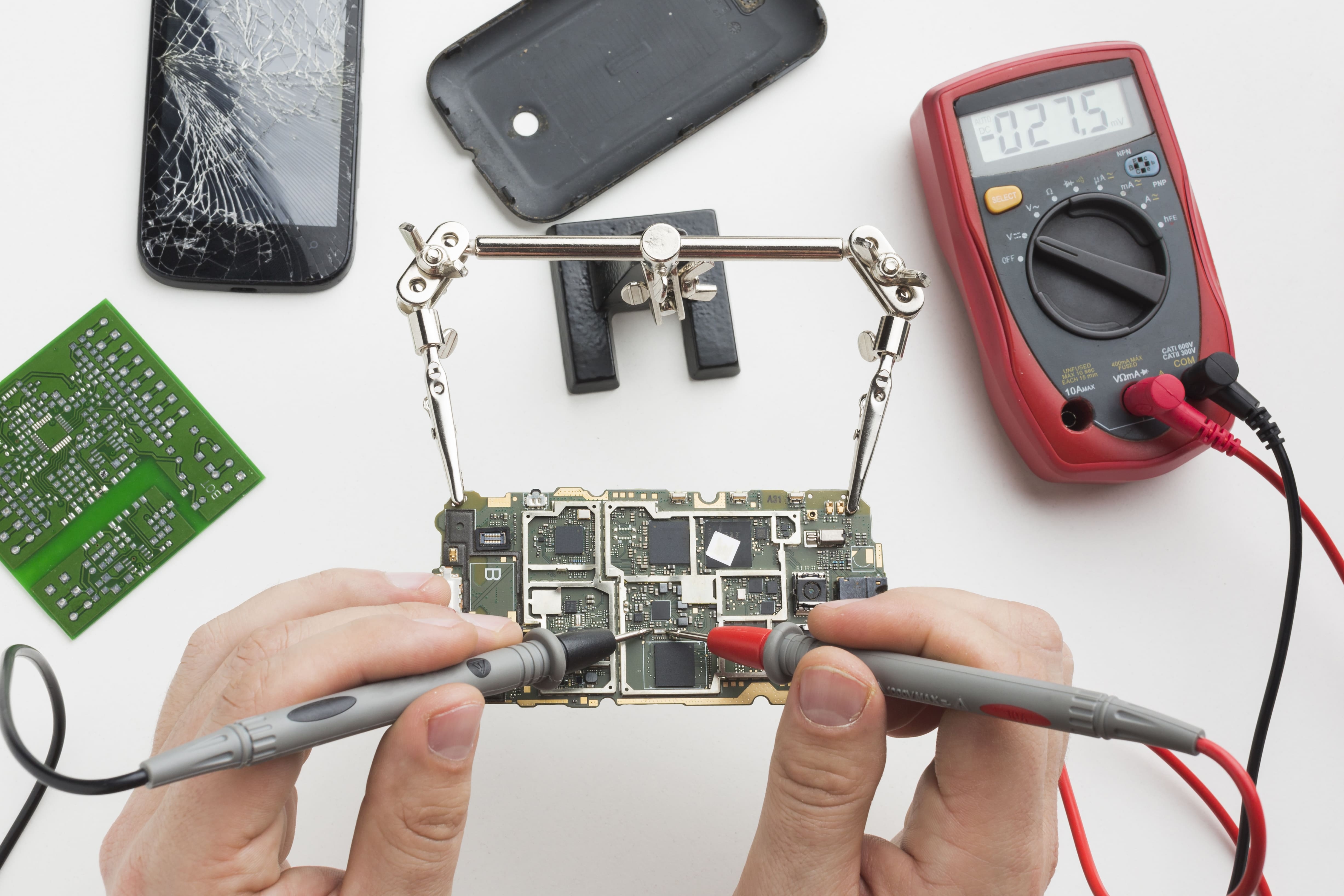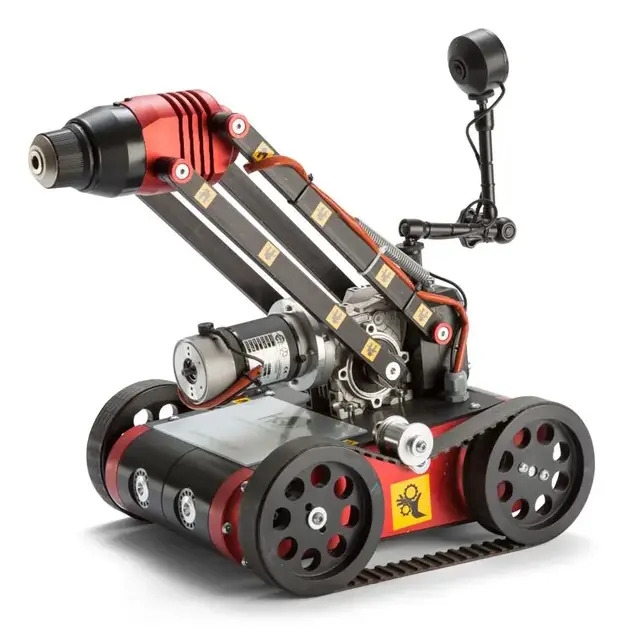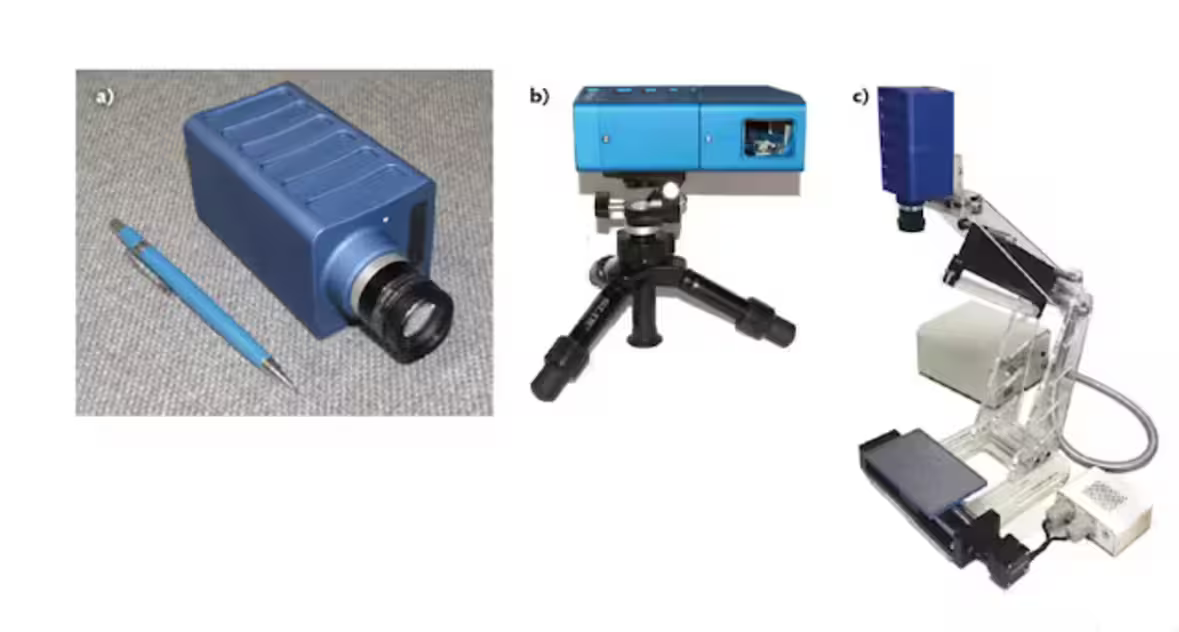Smart Shelves: Optimizing Inventory Levels
Smart shelves are revolutionizing the retail industry by integrating advanced technology into traditional retail fixtures to enhance inventory management, improve customer experience, and streamline store operations. These innovative shelves are equipped with sensors, RFID tags, cameras, and IoT (Internet of Things) connectivity, allowing real-time monitoring and data collection on product availability, shelf conditions, and customer interactions. The adoption of smart shelves is transforming the way retailers manage their inventory, providing accurate and timely information that helps prevent stockouts, reduce overstock, and optimize product placement.
One of the key advantages of smart shelves is their ability to provide real-time inventory tracking. Traditional inventory management systems often rely on manual checks and periodic audits, which can be time-consuming and prone to errors. In contrast, smart shelves continuously monitor the status of the products on display, automatically updating inventory levels as items are added or removed. This real-time data ensures that store managers have an accurate view of their stock at all times, enabling them to make informed decisions about restocking and inventory allocation.
In addition to inventory management, smart shelves enhance the customer shopping experience by ensuring that products are always available and easy to locate. When an item is running low or out of stock, the system can send alerts to store staff, prompting them to restock the shelf promptly. This proactive approach helps maintain optimal product availability, reducing the likelihood of customers leaving the store empty-handed. Moreover, some smart shelves are equipped with digital displays and interactive features that can provide customers with additional product information, promotional offers, and personalized recommendations, further enhancing the shopping experience.
Smart shelves also play a crucial role in reducing shrinkage and theft. Equipped with sensors and cameras, these shelves can detect suspicious activities, such as tampering or unauthorized removal of products. The data collected by these sensors can be analyzed in real-time to identify patterns and potential security threats, allowing store managers to take immediate action to prevent losses. This added layer of security not only protects the retailer’s assets but also helps maintain a safe shopping environment for customers.
In conclusion, smart shelves represent a significant advancement in retail technology, offering numerous benefits for inventory management, customer experience, and store security. By leveraging real-time data and advanced analytics, smart shelves provide retailers with the tools they need to operate more efficiently and effectively in an increasingly competitive market. As technology continues to evolve, the adoption of smart shelves is expected to become even more widespread, driving further innovation and transformation in the retail industry.
Smart Shelves: Optimizing Inventory Levels
Smart shelves are revolutionizing the retail industry by integrating advanced technology into traditional retail fixtures to enhance inventory management, improve customer experience, and streamline store operations. These innovative shelves are equipped with sensors, RFID tags, cameras, and IoT (Internet of Things) connectivity, allowing real-time monitoring and data collection on product availability, shelf conditions, and customer interactions. The adoption of smart shelves is transforming the way retailers manage their inventory, providing accurate and timely information that helps prevent stockouts, reduce overstock, and optimize product placement.
One of the key advantages of smart shelves is their ability to provide real-time inventory tracking. Traditional inventory management systems often rely on manual checks and periodic audits, which can be time-consuming and prone to errors. In contrast, smart shelves continuously monitor the status of the products on display, automatically updating inventory levels as items are added or removed. This real-time data ensures that store managers have an accurate view of their stock at all times, enabling them to make informed decisions about restocking and inventory allocation.
In addition to inventory management, smart shelves enhance the customer shopping experience by ensuring that products are always available and easy to locate. When an item is running low or out of stock, the system can send alerts to store staff, prompting them to restock the shelf promptly. This proactive approach helps maintain optimal product availability, reducing the likelihood of customers leaving the store empty-handed. Moreover, some smart shelves are equipped with digital displays and interactive features that can provide customers with additional product information, promotional offers, and personalized recommendations, further enhancing the shopping experience.
Smart shelves also play a crucial role in reducing shrinkage and theft. Equipped with sensors and cameras, these shelves can detect suspicious activities, such as tampering or unauthorized removal of products. The data collected by these sensors can be analyzed in real-time to identify patterns and potential security threats, allowing store managers to take immediate action to prevent losses. This added layer of security not only protects the retailer’s assets but also helps maintain a safe shopping environment for customers.
In conclusion, smart shelves represent a significant advancement in retail technology, offering numerous benefits for inventory management, customer experience, and store security. By leveraging real-time data and advanced analytics, smart shelves provide retailers with the tools they need to operate more efficiently and effectively in an increasingly competitive market. As technology continues to evolve, the adoption of smart shelves is expected to become even more widespread, driving further innovation and transformation in the retail industry.







